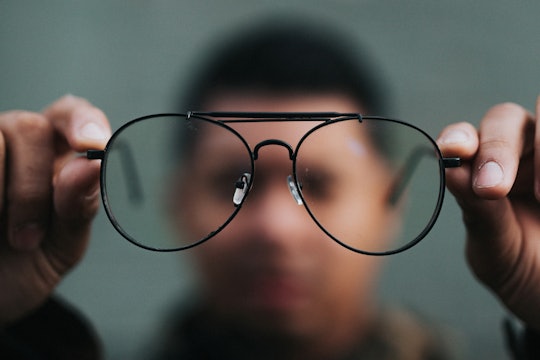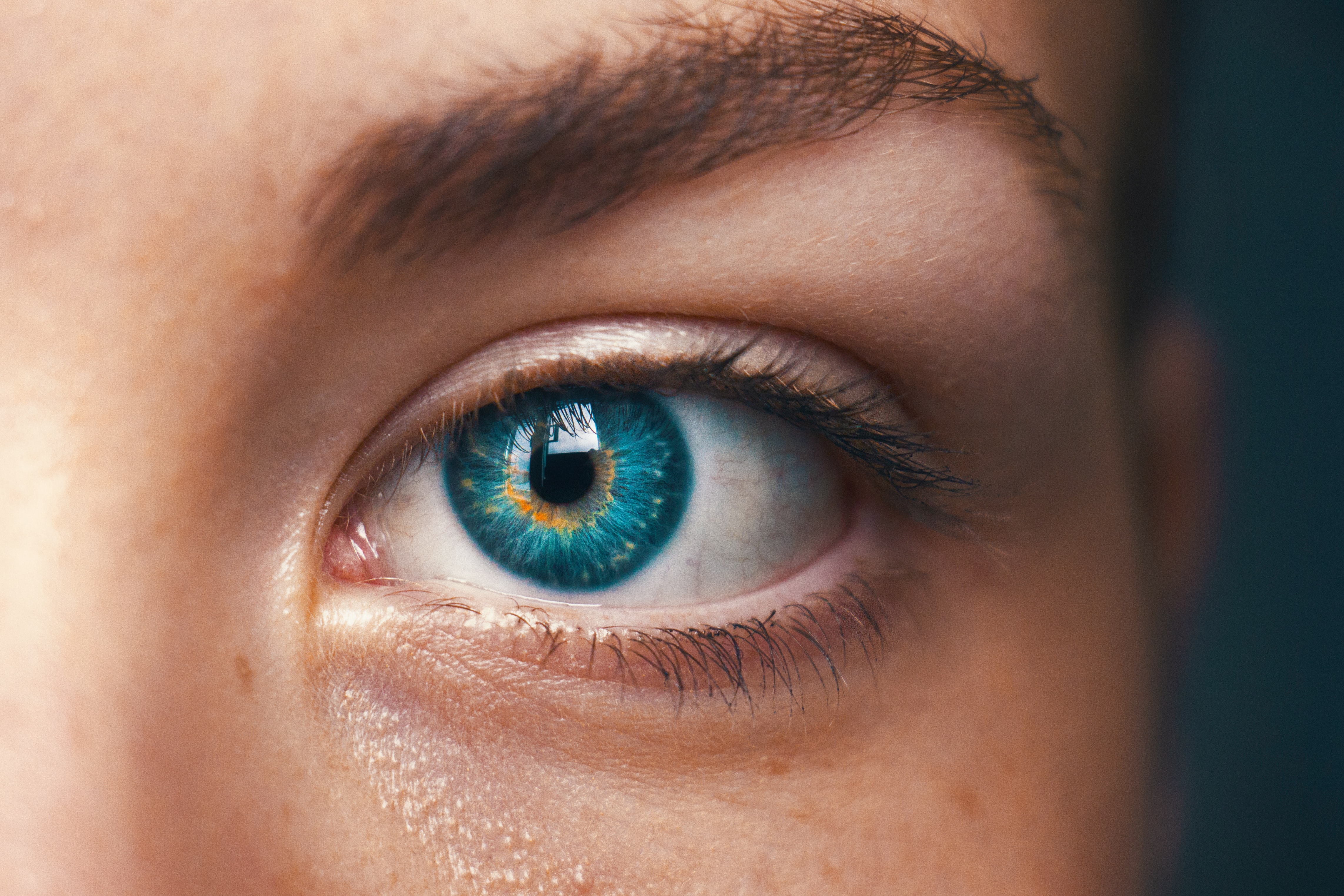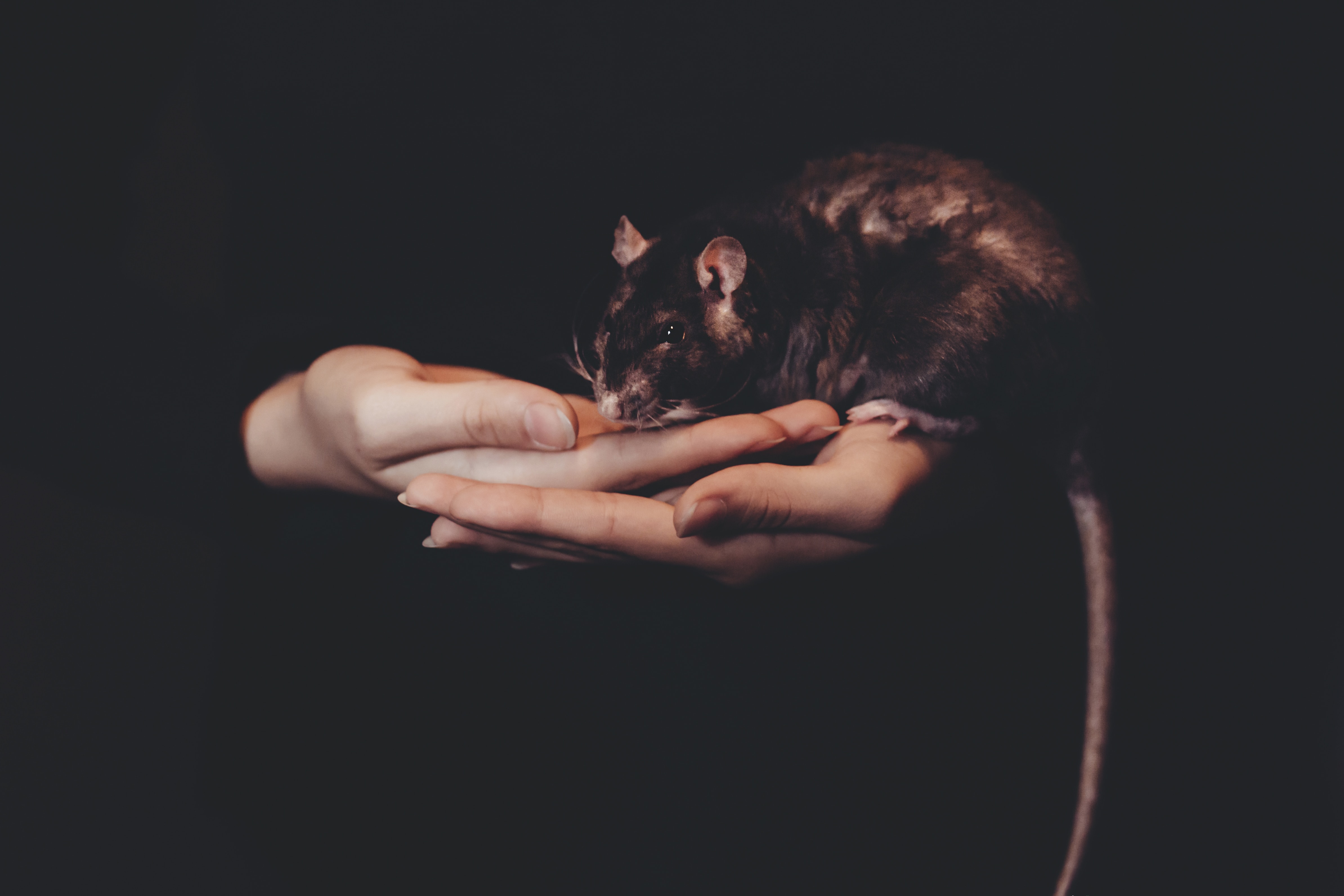
Adapted from a photo by Nathan Dumlao on Unsplash
A new shortcut skips stem cells completely, converts skin cells into photoreceptors
This method, which uses a handful of small molecule drugs, is a time-saver compared to stem cell therapy
The eye is one of the most complicated organs of the human body. At the heart of this visual system is the retina, a complex mix of cells and layers that allow the eye to capture every detail in our field of vision.
Damage to the retina can have serious consequences and lead to retinal diseases. Even cutting edge medicine like cell therapy can be laborious and consume time that patients don't have. For this reason, scientists at the North Texas Eye Research Institute came up with an easy and quick way to repair the retina damaged in eye diseases by using just a handful of chemicals to generate cells that can restore visual function.
A common cause of vision loss in people over 60 is macular degeneration, where light-sensing cells in the retina, called photoreceptors, degrade. Historically, doctors have tried to treat retinal diseases with medications or laser surgery. Recently though, scientists developed stem cell therapy, the process of replacing lost or damaged cells with new, healthy ones. To replenish these cells, scientists change cells from one type to another using specific proteins called "Yamanaka factors."
Yamanaka factors revolutionized the field of stem cell therapy. They can “reprogram” or turn cells that are already specialized, such as heart cells or immune cells, back into a general cell type called pluripotent stem cells. These can then in turn transform into different types of cells, including the photoreceptors lost in eye diseases.
However, this strategy has its complications. The skin is common source for cells to be "reprogrammed", but it usually takes about 25 days to convert them into into stem cells. It then takes 65-70 more days to turn them into photoreceptors and get them ready for cell therapy.
Now, with the use of five small chemicals, the group of researchers from North Texas Eye Research Institute has sidestepped these complications. They published their study, led by postdoctoral scholar Biraj Mahato, in Nature. They used chemicals called small molecule drugs to generate photoreceptors directly from skin cells called fibroblasts, skipping that tricky reprogramming step. “Our technique goes directly from skin cell to photoreceptor without the need for stem cells in between,” said the primary investigator, Sai Chavala, in a press release.

Photo by Amanda Dalbjörn on Unsplash
They tested the candidate small molecule drugs both individually and in combination with each other. The molecules are compounds tiny enough to slip into cells through their membranes, and they manipulate cells in a variety of different ways. They found that all five molecules together were most effective at turning the skin cells into cells that acted like photoreceptors.
But how similar were the “photoreceptor-like cells” to the real deal? To answer this, they looked at what genes these new cells activated (collectively called its "transcriptome"), since these are an important part of a cell’s identity. The transcriptome of the chemically-generated photoreceptors was similar to that of their normal counterparts.
But stem cell therapy is a delicate process and the path towards restoring vision is full of obstacles. Not only do the cells have to survive transplant into a new environment, but they also have to make connections with the appropriate targets and begin to function again as a photoreceptor cell. The real test was to see if the chemically-generated photoreceptors was able to restore function in an animal model of eye disease.
To asses this, they transplanted the new photoreceptors into mice with retinal degeneration. The researchers then looked straight into the eyes of the mice. They found that about half of the mice with retinal degeneration that received a transplant of chemically-induced photoreceptors had a pupil reflex similar to those that did not have retinal degeneration, meaning they had improved visual response.
The transplant also translated into better vision. Normally, mice prefer the dark and avoid lit spaces. The researchers noticed that mice injected with the chemically-generated photoreceptors spent more time in the dark that those with retinal disease that had not been injected. Importantly, they saw that the mice that had better pupil reflexes and normal light/dark responses had a greater number of cells in the retina survive the transplant when compared to those that did not recover.

By freestocks.org on Unsplash
It's great that chemically changing cells into photoreceptors and transplanting them into diseased mice restores their sight. But looking at how and why new cells behave the way they do gives scientists an invaluable tool: it enables them to decipher the cellular machinery that repairs the eye. If we can understand this, we may be able to enhance these pathways to improve eyesight.
Anand Swaroop from the National Eye Institute Neurobiology, Neurodegeneration, and Repair Laboratory who collaborated in the study said in the press release that understanding these mechanisms can help to generate not only photoreceptors but also other cell types to use as a therapeutic strategy in diseases: “Of immediate benefit will be the ability to quickly develop disease models so we can study mechanisms of disease. The new strategy will also help us design better cell replacement approaches."





This new protocol to regenerate photoreceptor cells seems to be a huge improvement on the process available before. Skipping the step of converting skin cells to stem cell will surely be beneficial in streamlining the creation of this very important cell type.
I am curious if they compared the transcriptome of photoreceptor cells created via their small molecular drug cocktail and conversion via stem cells? It would be interesting to compare vision restoration via these two models to help identify any difference in restored vision.
It will be exciting to see how this work will translate to the clinic!